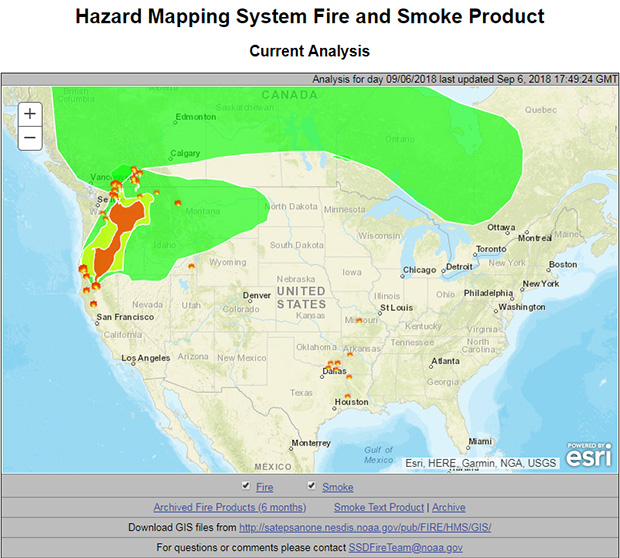Health experts know that wildfire smoke contributes to possibly 25,000 deaths per year and that the economic damages from smoke-related health costs range in the tens of billions of dollars. Despite its impacts, smoke from fires is one of the least understood controllers of air quality. But NOAA is part of an ongoing multi-agency project called FIREX (Fire Influence on Regional and Global Environments Experiment) that aims to change that.
Jim Roberts, an atmospheric scientist at NOAA’s Earth System Research Laboratory (ESRL), and his colleagues first thought up the idea that would become FIREX when new instruments revealed for the first time that smoke produces isocyanic acid, one of the toxic chemical compounds found in cigarette smoke. They wanted to find out how these new results would change how scientists and regulators think about the impacts of fires, especially in an era of more frequent and intense fires, said Roberts.

No comments:
Post a Comment